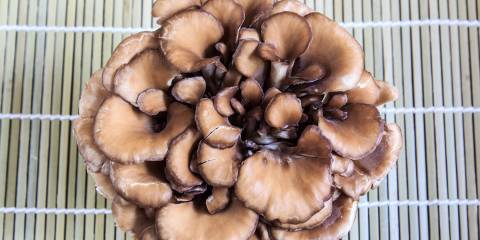Gone are the days when dining away from home was a near impossibility for those avoiding gluten. Today restaurants are stretching their options for those who follow all sorts of special diets—including gluten free.
But before you go, here’s some guidance on dining out safely.
Eating Out Gluten-Free
-
Assess what being gluten free means to you. If you have celiac disease, know exactly what grains and hidden sources of gluten you must avoid, and be aware of cross contamination concerns. If you are gluten intolerant, know your limits on how much (if any) gluten-containing foods you can ingest.
-
Use websites to locate restaurants that cater to those eating gluten free. Some sites offer downloadable smart phone apps for convenience away from home. Here are a few to browse:
- http://allergyeats.com
- http://findmeglutenfree.com
- http://glutenfreepassport.com
- http://glutenfreetravelsite.com
-
Research dining establishments ahead of time. Call the kitchen manager or chef when the restaurant’s not busy. Ask which dishes can be made without gluten-containing ingredients. Inquire if there’s a separate menu with gluten-free options.
-
Carry a dining card that explains what you can and cannot eat. Some come in different languages for international travel. Try finding printable versions from these sites:
- http://celiactravel.com
- http://specialgourmets.com
-
Eat a small snack before heading to a restaurant. Your hunger pangs will be quelled, and you won’t be tempted when the bread comes or someone orders a fried appetizer.
-
After your party has been seated, let your server know you are gluten intolerant. Be sure they comprehend the situation. If they don’t seem like they do, ask to see the manager or chef.
-
Never assume how a dish is prepared. An order of poached salmon may be covered in a wheat-thickened sauce. A scoop of ice cream could have a cookie wedged into it. If the mashed potatoes come from a mix, they might contain gluten. Salads are often topped with croutons or dressing containing wheat. Flour is sometimes added to the skins of baked potatoes to make them crispy. For light and fluffy omelets, some dining establishments add pancake batter. Always ask!
-
Inquire about cross-contamination practices. Does the restaurant have a separate work area for making gluten-free items? Do they clean the grill before making items for a gluten-free patron? Does the kitchen staff use a dedicated fryer, or will the oil be replaced when making gluten-free food? Ask if gluten-free pasta is cooked in its own water, not that which held wheat-containing pasta. Also, is a separate and clean colander used to drain the gluten-free pasta?
-
Avoid getting attached to your first choice. Pick back-up entrees in case your favorite is not gluten free. If nothing seems safe, ask the chef to saute plain meat or fish in oil or butter with some steamed vegetables. It may not be the most memorable meal, but at least you won’t get ill.





